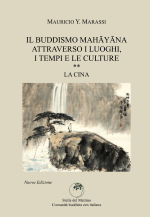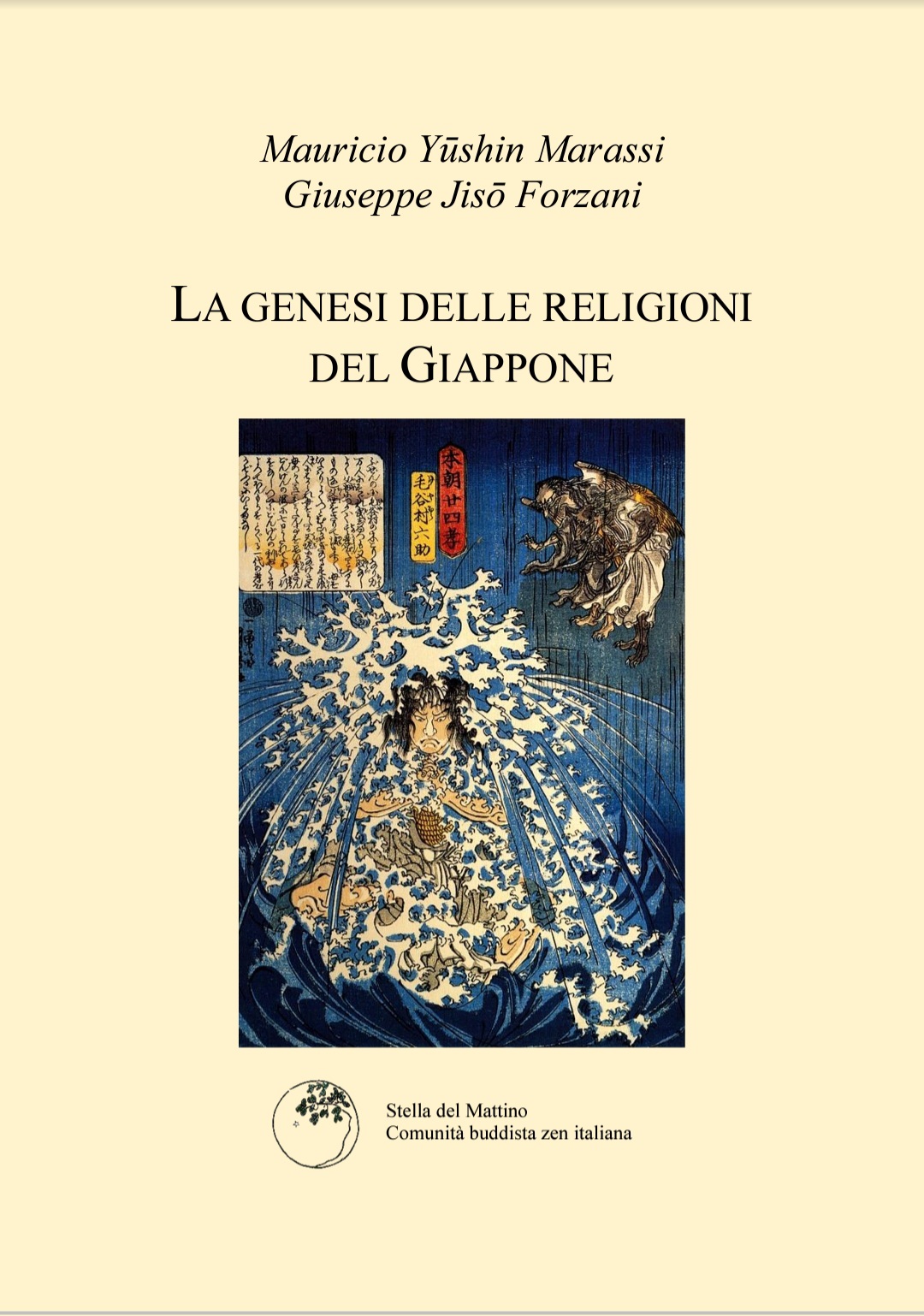Introduction
When first reading Eihei Dogen Zenji’s Bodaisattva Shishobo, it appears that this chapter is his explication of ethics or morality. To be sure, reading the text in this way is not a mistake. However, to see it only as a text on ethics or morality means to fail to understand it as a religious text. What is the difference? Reading the Bodaisattva Shishobo as a moral treatise is to view it as a writing by a 13th century Zen Buddhist monk in Japan on how human beings should treat one another—a lovely thought. However, to read this text as a religious text means, first of all, to understand that Dogen was writing to us personally, but not as a moralist. And, that his advice was not just some ideal for human behavior in general, but rather a blueprint for how we, personally, as bodhisattvas, can act in this world to liberate (and be more liberated), and to be more fully ourselves. While ethical or moral treatises deal with specific cultures and times, religious texts deal with universal themes that transcend local cultures or periods of time. Naturally, Dogen certainly did live in a certain period of time, the 13th century. Moreover, he lived in Japan, not Europe or America. To be sure, he lived in the context of time and culture. Nonetheless, the themes he deals with in the Shobogenzo are not applicable to 13th century Zen monks of Japan alone. Granted, there will be examples he used which do not apply to the world we live in today. That is precisely why we have to struggle to understand both the context of Dogen’s writing and as well as the spirit of those statements that shine like bright lights for us 750 years later.
Abbreviations:
[ASR] Aoyama Shundo roshi
[DTW] Daitsu Tom Wright
[ZGDJ] Zengaku dai jiten (Complete dictionary on Zen)
[BDJ] Bukkyo dai jiten (Complete dictionary on Buddhism)
December 8th, 2005
Se volete, lasciate un commento.
You must be logged in to post a comment.







